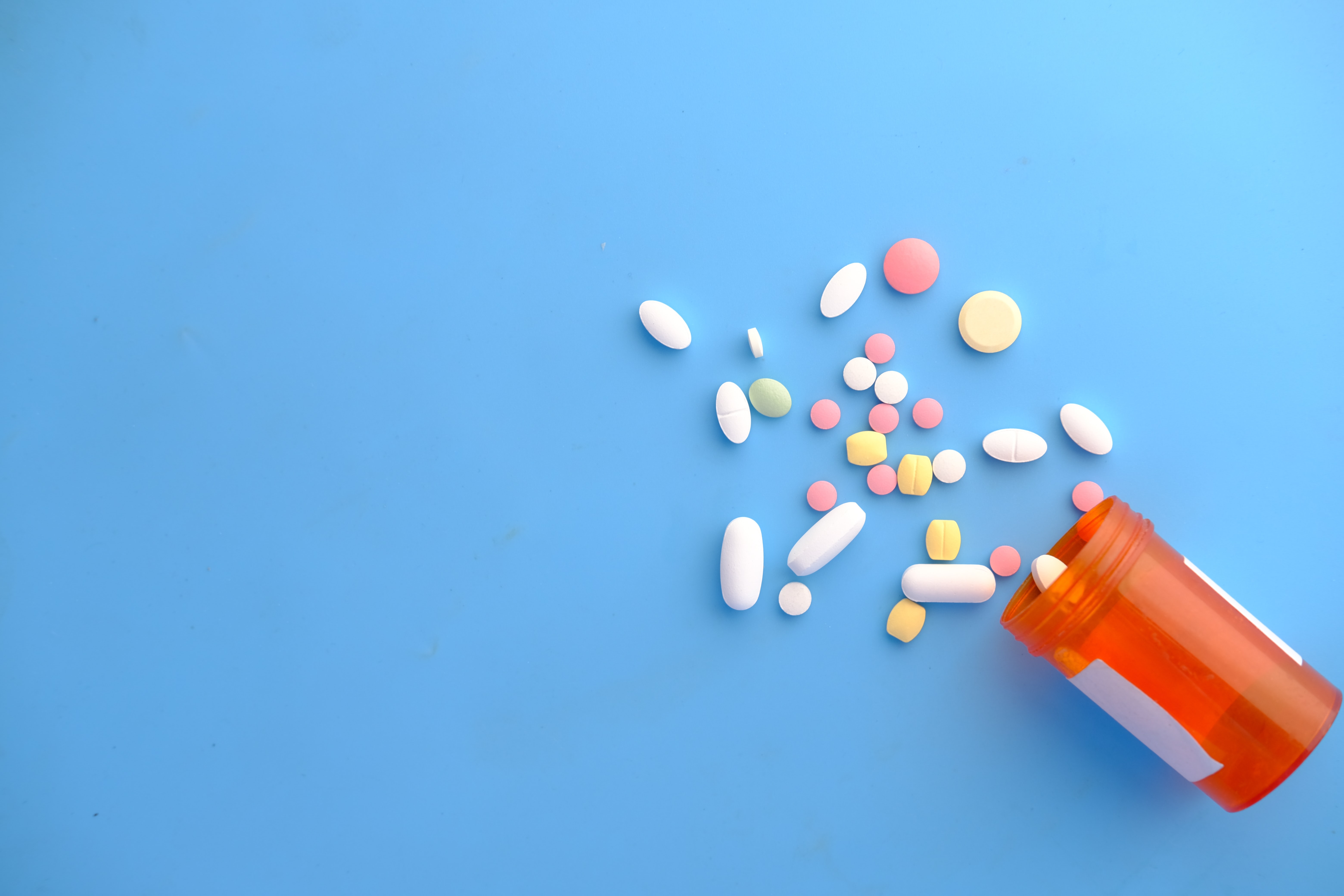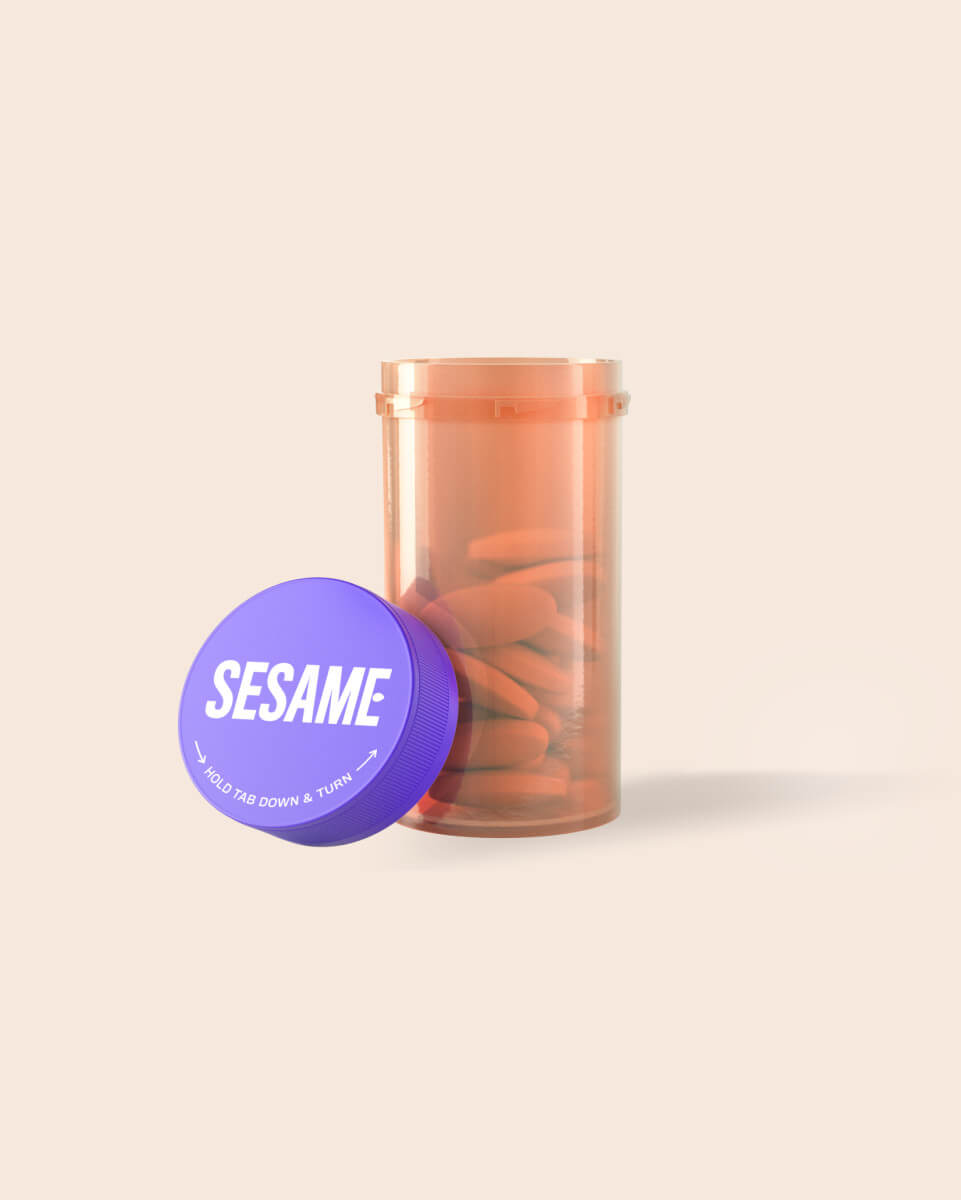Best Treatments for BV: Over-the-Counter & Antibiotic Meds
The best OTC and antibiotic medicine options for BV
Bacterial vaginosis (also known as BV) is a common condition that affects vaginal health. According to the Centers for Disease Control and Prevention (CDC)’s fact sheet, BV is “the most common vaginal condition in women ages 15-44.” Studies have shown that nearly 30% of women deal with bacterial vaginosis at some point. These infections can cause painful symptoms. So, what’s the best BV treatment?
There are currently no FDA-approved OTC medications for treating BV. An infection usually requires prescription medicine. In the article below, we will explore the causes of BV and the best treatment options available.
BV basic information
Changes in bacterial levels in the vagina cause bacterial vaginosis. The vagina contains natural bacteria that protect and clean the vagina. These organisms are known as “good bacteria” or “vaginal flora”. BV occurs when harmful vaginal bacteria overtake the "good bacteria". This changes the vaginal pH, the acid/base balance. When this balance of bacteria is thrown off, it can result in uncomfortable symptoms.
Common symptoms of BV include:
- Abnormal vaginal discharge
- Foul-smelling, fishy vaginal odor
- Itching
- Pain during urination
There is no one cause of a BV infection.
Common causes of BV include:
Sex: It is rare for women to develop bacterial vaginosis if they are not sexually active. Women with multiple sexual partners, women who have unprotected sex, and women who have sex with women are at greater risk of getting BV.
Douching: Douching kills good bacteria (lactobacilli) in the vagina. This increases the risk that bad bacteria cause an infection.
Bacterial vaginosis infections are not STIs. But they can raise your risk of getting one. Untreated BV has been linked to complications such as:
Sexually transmitted infections: BV can raise the risk for sexually transmitted infections like chlamydia, gonorrhea, or human immunodeficiency virus (HIV).
Preterm birth: In pregnant women, BV has been linked to premature births and low birth weight babies.
Pelvic inflammatory disease (PID): Recurrent bacterial vaginosis may lead to the development of PID, a reproductive tract infection that can cause infertility.
Prescription bacterial vaginosis treatment
In some cases, BV will go away on its own. But if it's untreated, bacterial vaginosis can cause dangerous complications. Early symptoms of bacterial vaginosis include abnormal vaginal discharge or a fishy odor. If you notice these symptoms, you should talk to a healthcare provider right away.
Bacterial vaginosis is treated with prescription antibiotics.
FDA-approved prescription treatments include:
- Metronidazole
: Available as an oral tablet or medicated vaginal gel. Metronidazole may cause nausea or an upset stomach. Avoid alcohol use while taking this medication.
- Clindamycin
: Clindamycin is an antibiotic medication commonly supplied as a vaginal cream or vaginal suppository–small medications that are inserted into the vagina via an applicator. Clindamycin cream may cause vaginal itching or abnormal discharge. Oral clindamycin may cause stomach pain or nausea.
- Tinidazole
: Tinidazole is available as an oral tablet. Like metronidazole, it can cause abdominal pain and an upset stomach. Talk to your doctor if you experience any adverse effects while taking this medication.
Secnidazole: Secnidazole is available as a fine powder that is meant to be taken with food. Simply sprinkle the powder over soft food such as applesauce or yogurt, and be careful not to bite down on the powdered crystals. Secnidazole is usually taken as a single dose.
Home remedies
There are few BV treatment options available over the counter. Antibiotic medicine is considered the primary and most effective option to completely treat BV. There are currently no FDA-approved antibiotic products available over the counter. If you are concerned about the side effects of antibiotic use, talk to your healthcare provider. You should seek medical advice before you use any OTC drugs for BV.
Probiotics
Talk to your healthcare provider before you begin taking probiotic supplements. These are not as effective as medication and may not completely treat a bacterial infection.
Boric Acid Suppositories
Boric acid vaginal suppositories may help patients with relapsing or recurrent BV. Boric acid has antibacterial properties that should be used with antimicrobial agents. However, boric acid should not be used to treat BV alone. These tablets should support treatment with antibiotic medication.
Keep boric acid tablets away from small children and pets. Boric acid is very toxic if eaten. In addition, boric acid suppositories are unsafe to use during pregnancy. Ask a licensed healthcare professional for advice before you take any OTC medications.
BV prevention
You can lower your risk of developing bacterial vaginosis with a few self-care tips. These include:
Use latex condoms. Unprotected sexual activity is linked to BV. Use latex condoms during sex to lower your infection risk.
Limit sexual partners. BV has been linked to sex with new partners or sex with multiple partners. Limiting sex partners may help minimize your risk of contracting BV or sexually transmitted diseases.
Don’t douche. Douching removes good bacteria from the vagina. This can cause an overgrowth of harmful bacteria or fungi. This can cause vaginal infections such as bacterial and yeast infections. Don't douche. And don't use products like harsh soaps or deodorants on the vagina.
Avoid irritation. Wear breathable underwear. Cotton is best. It wicks moisture from the genitals and prevents irritation. Avoid scented cleaning products and tampons.
How to get a BV prescription without seeing a doctor
Telehealth platforms like Sesame allow you to get a BV prescription without seeing a doctor. A written prescription is required to get antibiotic medication for BV. You can’t get a prescription without at least speaking to a healthcare provider, but you can skip the in-person doctor’s office visit by scheduling an online appointment. Visits on telehealth sites like Sesame let you talk to a provider from the comfort of your home. These visits are often considerably more affordable than an in-person visit, especially if you are uninsured.
How Sesame can help
BV is a common condition treated with antibiotics. However, antibiotic use requires a prescription from a healthcare provider. Looking for a prescription? Book a bacterial vaginosis prescription visit on Sesame today.
Providers can prescribe BV medication during these video visits if appropriate. Book a visit today to get started on treatment right away.
Related posts

Bacterial vaginosis is a common women’s health condition. Learn more about the causes of bacterial vaginosis, BV symptoms, treating BV, and how to prevent it.

Vaginal yeast infections are a common condition that affect millions of people each year. They’re accompanied by a range of irritating symptoms like itching and pain. Luckily, these over-the-counter and prescription medication options can help - fast.

Antibiotics are prescribed as the first-line treatment for bacterial infections. Learn more about these drugs and what over-the-counter options are available.

A complete guide to yeast infections. Learn more about the causes of this condition, its symptoms, prescription treatment options, and prevention strategies

Vaginal yeast infections are a very common women’s health problem. Learn about what causes yeast infections, what symptoms to expect, and treatment options.

Chlamydia is a common sexually transmitted infection (STI). To treat chlamydia quickly, you need to get tested for prompt treatment. This article will detail some basic facts about chlamydia, including how long it lasts and how to treat it fast.

Explore over-the-counter and prescription medications: research drug information, side effects, dosage, prescriptions and more.

A microbiome is an ecosystem made of organisms.Learn more about the gut microbiome, how it affects your health, and what you can do to keep it healthy.

Colorectal cancer screening tests are tests used to detect early signs of colon cancer. Learn more about types of screenings and screening recommendations.
